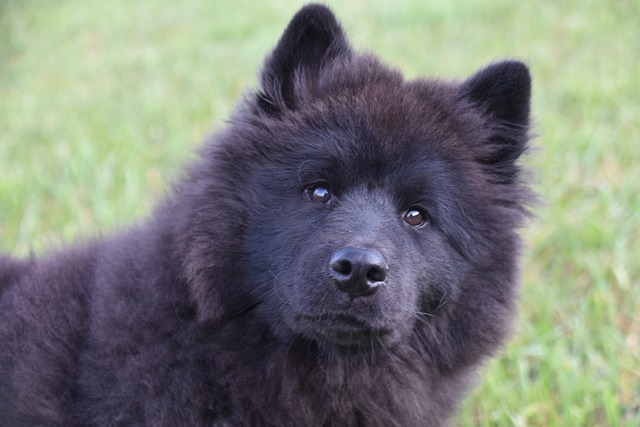The term “bitch” carries a weighty history, both linguistically and culturally. Often used as a colloquial term to refer to a female dog (and female wolf, fox and otter!), its usage can also evoke strong reactions and opinions when this derogatory word is directed at something other than a female dog. Originally, this vulgar insult was used to compare a woman to a dog in heat because of her shameful, improper, violent or even promiscuous behavior. It has also been used towards men.
But why is a non-spayed, female dog referred to as a “bitch?” In this brand-new blog post below, we’ll delve into three key reasons behind this terminology.
1. Etymology and Linguistic Evolution

The word “bitch” has a long origin and historical journey. Its origins can be traced back to Old English, where it was used to refer to a female dog. According to the Oxford English Dictionary, the Old English word “bicce” or “bicge” (dating back to approximately 1000 CE) eventually evolved into “bitch” in Middle English and retained its meaning of a female dog. However, over time, the term broadened in its application to refer to a female of various species, including humans. History indicates it may have been originally derived from the Old Norse word (i.e., the Vikings), “bikkja” also meaning “female dog.”
Interestingly, the word “bitch” wasn’t always associated exclusively with female dogs. In Middle English, it was used to describe both male and female dogs. However, as the English language developed, “bitch” became predominantly associated with female canines, while terms like “dog” or “hund” were used for male dogs. (Source: VetHelpDirect.com)
2. Cultural and Societal Perceptions

The usage of “bitch” to describe a female dog reflects broader societal attitudes towards gender and sexuality. Historically, dogs, particularly female ones, were often associated with specific qualities such as:
- Nurturing.
- Loyalty, and
- Protectiveness.
3. Standardization in Animal Terminology
In the realm of animal husbandry, veterinary medicine, and breeding, standardized terminology is essential for clear communication. Despite its colloquial and sometimes negative connotations, “bitch” has been adopted as the standard term to refer to female dogs in professional settings. (Source: BasePaws.com)
This standardization facilitates clarity and precision in discussions related to canine health, reproduction, and genetics. While alternative terms like “female dog” or “dam” also exist, “bitch” remains widely recognized and used within professional circles.
Female Dog: Alternative Terminology

Due to this often-controversial term, alternative terminology has been created to refer to the female dog without using the offensive term bitch like these more “respectable” terms.
- Female Dog.
- Lady Dog.
- Queen.
- Dame.
- Fido-ess.
In Conclusion
The term “bitch” carries a complex history and significance even in its application to female dogs. Its evolution from Old English roots, coupled with cultural and societal perceptions, has shaped its current usage.
While the term may carry negative connotations in some contexts, it remains a standard part of animal terminology. Understanding the origins and implications of this term provides valuable insight into the intricacies of language and society. As language evolves, it’s essential to approach such terms with awareness and sensitivity, recognizing their historical context and impact.
No matter what you call your female dog, always keep them happy with plenty of grooming and healthy treats like this easy dog treat from DamnDelicious.net with spinach, carrot and zucchini, guaranteed to have your dog begging for more!

Keep your dog’s coat shiny and healthy with our easy-to-use EasyGroomer and WaterWisk products! Homemade treats and comfortable grooming tools create a wonderful opportunity to bond with your best friend!



